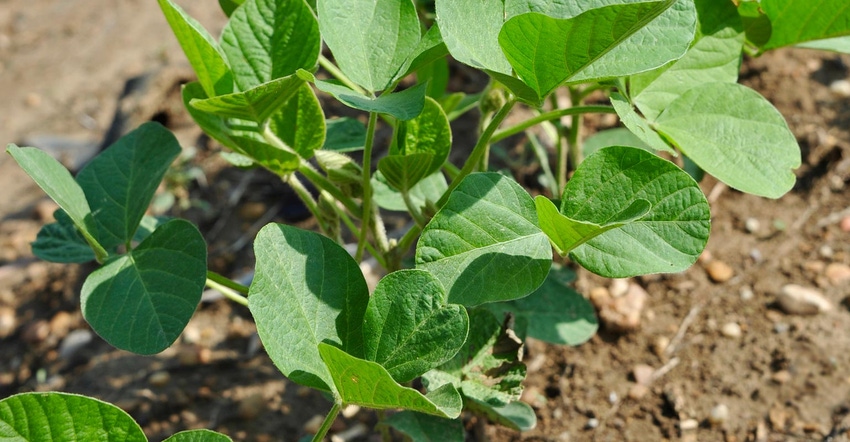July 1, 2021

Sponsored Content
Second-generation farmer Simmy Williams of Camden, North Carolina, always knew what he wanted to do in life.
“I grew up working on the farm from a very young age,” he says. “I loved being on the farm, and it’s still something I enjoy doing. It’s not monotonous because it’s not the same thing every day.”
Williams’ father, Sim, and his mom, Cathie, began farming in 1981. As the next generation on the Williams’ family farm, Simmy is faster to adopt new technology, including prescription-based farming. This new technology enables him to more quickly respond to yield-threatening pests, such as corn earworm in soybeans.
When his corn earworm populations build to two or more pests per 15 sweeps, Williams applies Intrepid Edge® insecticide.
“Intrepid Edge works very well, and most of the time one spray will carry me through the season,” he says. “One of the advantages of Intrepid Edge is the long-lasting residual activity it provides us. In my area, if we treat when we get that first flush of worms, that residual will carry me through until our soybeans are no longer susceptible to pest damage.”
Two other advantages Intrepid Edge offers, he says, are multiple modes of action in one product and reliable customer support from local territory managers.
Learning from others is another way Williams helps protect his yield potential. As a member of the North Carolina Soybean Producers Association's board since 2015, Williams has traveled the globe representing the organization. He has participated in the Southeast Asia Grain Buyers Conference, visited Puerto Rico and hosted mule farmers and grain importers from Pakistan.
Often, his travels offer lessons about grain quality or new farming practices that he brings home to adopt on his farm.
“I’ve met some very interesting people who are all super-sharp,” Williams says. “I’ve learned a lot about what Southeast Asian importers are looking for from U.S. soybeans. Amino acid content, which means a lot to them, can vary depending on the weather during production and the geographical location where the soybeans are grown.”
As a result of his visits with soybean farmers and importers around the globe, Williams has concentrated on producing high-quality soybeans.
“A lot of our soybeans are container-exported to Southeast Asian countries,” he says. “There is a lot of Japanese influence in these markets, and the Japanese importers can be rather particular about both the internal and visual quality of the soybeans. They don’t like the purple seed stain caused by some soybean diseases.”
To help prevent staining, Williams selects disease resistant varieties and treats with fungicides, both preventively and when disease pressure is present.
“When I start seeing something pop up in one field, I’ll go ahead and spray that variety and other like varieties preventively,” he says. “The best time to spray is the day before the infection. It’s always easier to prevent fungal disease than to cure it.” Learn how Intrepid Edge® insecticide can help protect your soybean yield this season.
TM ® Trademarks of Corteva Agriscience and its affiliated companies. Intrepid Edge® is not registered for sale or use in all states. Contact your state pesticide regulatory agency to determine if a product is registered for sale or use in your state. Always read and follow label directions. © 2021 Corteva. CA14-911-033 (07/21) BR CAAG1INTE051
You May Also Like




